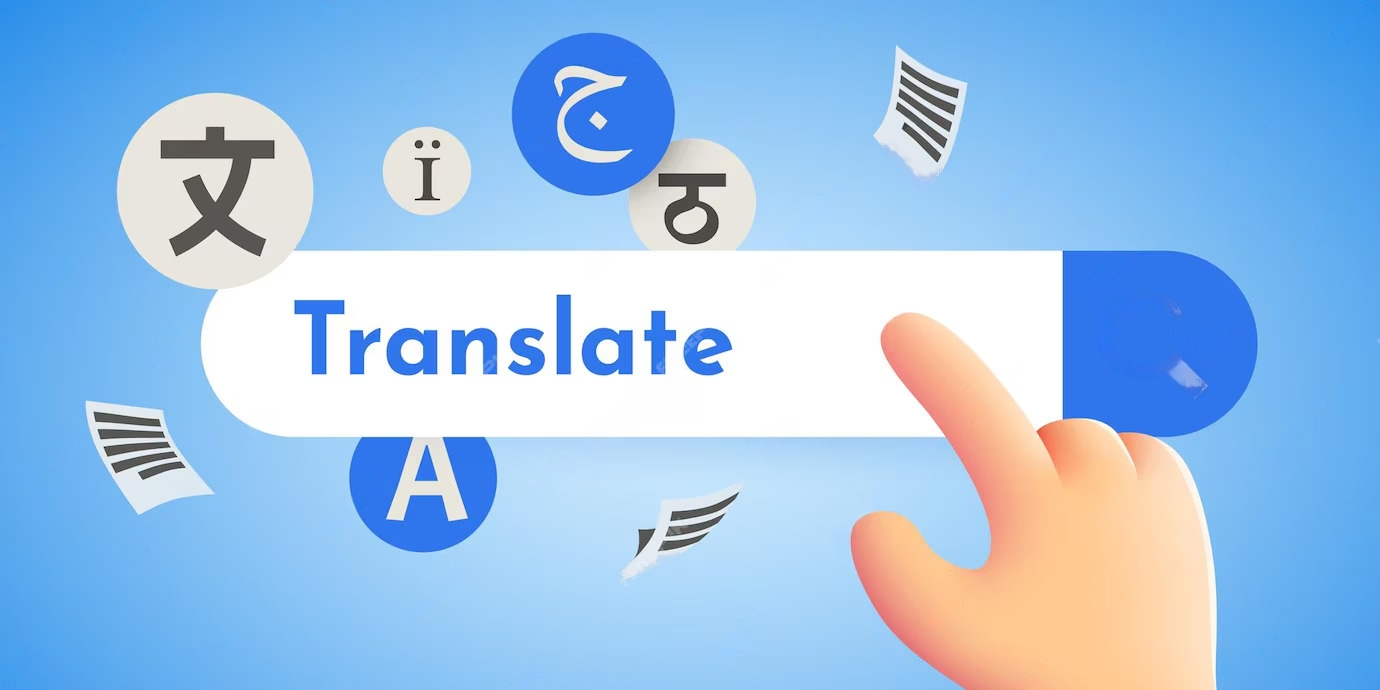

The development of AI technology precipitated translation into the essential tool for most related industries. Other than Google Translate, others like DeepL translate much faster and even a lot more without wasting precious time and efforts. However, with the AI-enabled translation, many issues about ethics have risen and fundamentally change how businesses, organizations, and people use language, interpret meanings, and get in touch with cultures.

The biggest ethical question that AI translation as a whole faces, and also across industries, is the problem with the potential bias of the AI. Its training datasets are so vast that if those datasets have cultural or gender biases, then the AI will sometimes repetitively reflect and enhance those biases. For instance, overrepresentation of particular cultural perspectives may mean that a translation also reflects those biases. This can lead to miscommunication or misunderstanding in sensitive areas, such as those related to gender identity issues, race, or political issues. The best defense against this is diverse and representative AI training data, especially on such topics as required by global industries: media, marketing, and international relations.
The other ethical consideration is the loss of cultural context with translations from AI-based applications. Language is so deeply imbued in a culture that words or phrases can only be translated into meanings by persons who understand the culture. AI will miss this nuance, especially in something like advertising or media where cultural nuance is a big deal. For example, idioms, humor, or culturally specific references just may not translate, and the translation won't carry the same intent. Human translators who bring cultural understanding and contextual knowledge are often better equipped to manage such complexity.
When AI translations go wrong, questions of responsibility arise, such as whose mistake is it-if the developers of the AI, the system itself, or the user is responsible? Industries that require accuracy, such as law, medicine, or business, are especially critical in their use of such technology. For example, mistranslation in a legal contract or medical report can prove catastrophic. So, identifying who is responsible for these mistakes becomes rather vital for the industries that heavily function on accuracy and clarity. Clear definitions around accountability for AI translations will be a pre-requisite to avoid the impending legal and ethical complications.
For example, in the fields of finance, healthcare, or law, where sensitive information is involved, privacy and data security issues are applicable even when translating via an AI tool. In many cases, an AI translation system needs access to data to make their output more accurate, though sometimes this undermines privacy. Thus, the users should be assured that the private or confidential nature of the information submitted to such systems shall be handled safely and within the relevant limits of the applicable privacy acts. Precisely, in ensuring that the AI translation tool strictly adheres to privacy, it does not only call for an ethical but can also be relied on within industries processing confidential data.
Although AI translation brings dramatic improvements to efficiency, situations will certainly appear where human translators must be called upon, especially in contexts demanding deep cultural comprehension. Interpreting the more subtle forms of human expression—industry areas that require creativity in language, such as marketing, literature, and international diplomacy—still requires human professionalists for precision. The proper use of AI in these industries is to find a balance: to help it accelerate and give way to more intricate tasks performed by professional humans. The only way forward, in this situation, would be co-work between AI and human translators in such a manner that ensures AI complements rather than replaces human expertise.